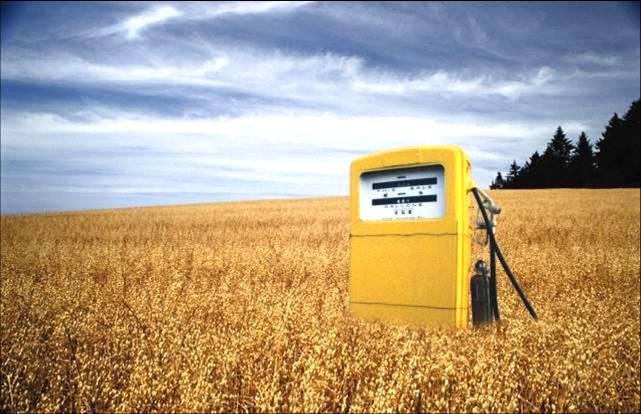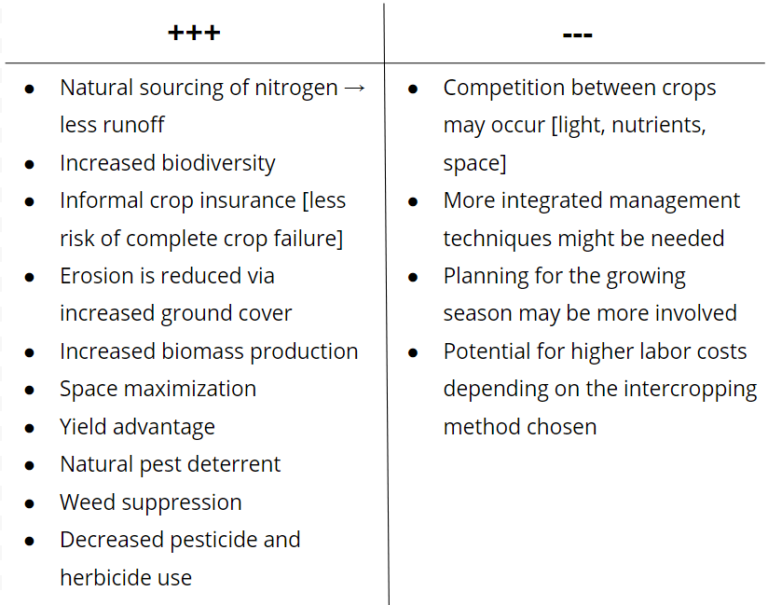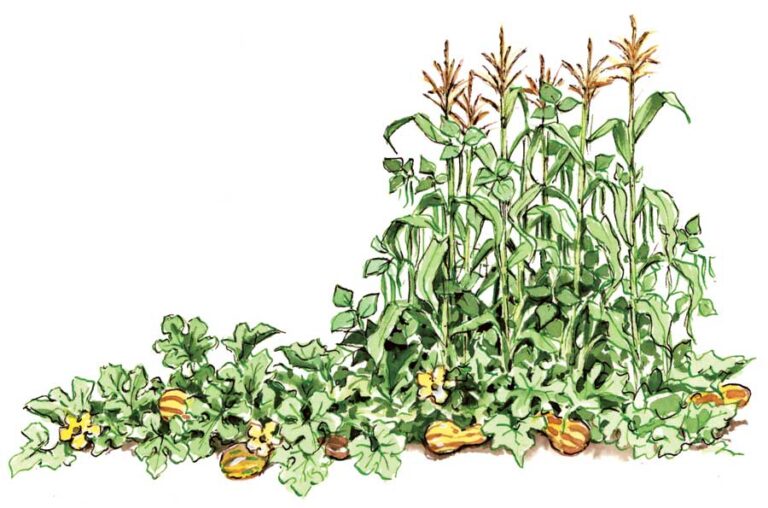the 15 principles of organic farming
Organic agriculture is the counter movement to conventional agriculture that supports a more natural relationship between production and the environment in which production takes place. To support this relationship and reduce the negative impact of horticulture and agriculture, there are four main principles: Care Fairness Ecology Health These principles influence the practices of organic producers. Accordingly,…




